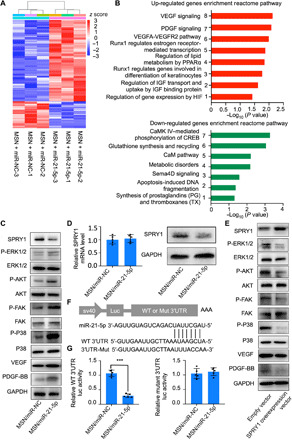Fig. 3. The mechanism underlying how the MSN/miR-21-5p complex promotes angiogenesis.

(A) A heatmap of selected proteins representing strongly altered signaling pathways in three datasets of endothelial cells treated with MSN/miR-NC or MSN/miR-21-5p complexes. (B) KEGG pathway analysis of both up- and down-regulated pathways in endothelial cells after MSN/miR-21-5p complex treatment. (C) Western blot analysis of changes in SPRY1, P-ERK1/2, P-FAK, P-p38, P-AKT, VEGFA, and PDGF-BB protein content alteration in endothelial cells after treatment with the MSN/miR-21-5p complex. (D) The effect of MSN/miR-21-5p or MSN/miR-NC on SPRY1 mRNA levels (left) and SPRY1 protein levels (right) in endothelial cells. (E) Schematic diagram illustrating the design of luciferase reporters with the WT SPRY1 3′ untranslated region (WT 3′UTR) or the site-directed mutant SPRY1 3′UTR (3′UTR-Mut). (F) The effect of MSN/miR-21-5p on luciferase activity in endothelial cells transfected with either the WT SPRY1 3′UTR reporter (left) or the mutant SPRY1 3′UTR reporter (right). (G) Western blot analysis of P-ERK1/2, P-FAK, P-p38, P-AKT, VEGFA, and PDGF-BB protein level alteration in MSN/miR-21-5p complex–treated endothelial cells after overexpressing SPRY1 with the SPRY1 overexpression vector. *P < 0.05 and ***P < 0.01. n = 3 per group. The data are shown as means ± SD. Photo credit: Yan Li, Shanghai Ninth People’s Hospital, College of Stomatology, Shanghai Jiao Tong University School of Medicine, Shanghai 200011, China.
